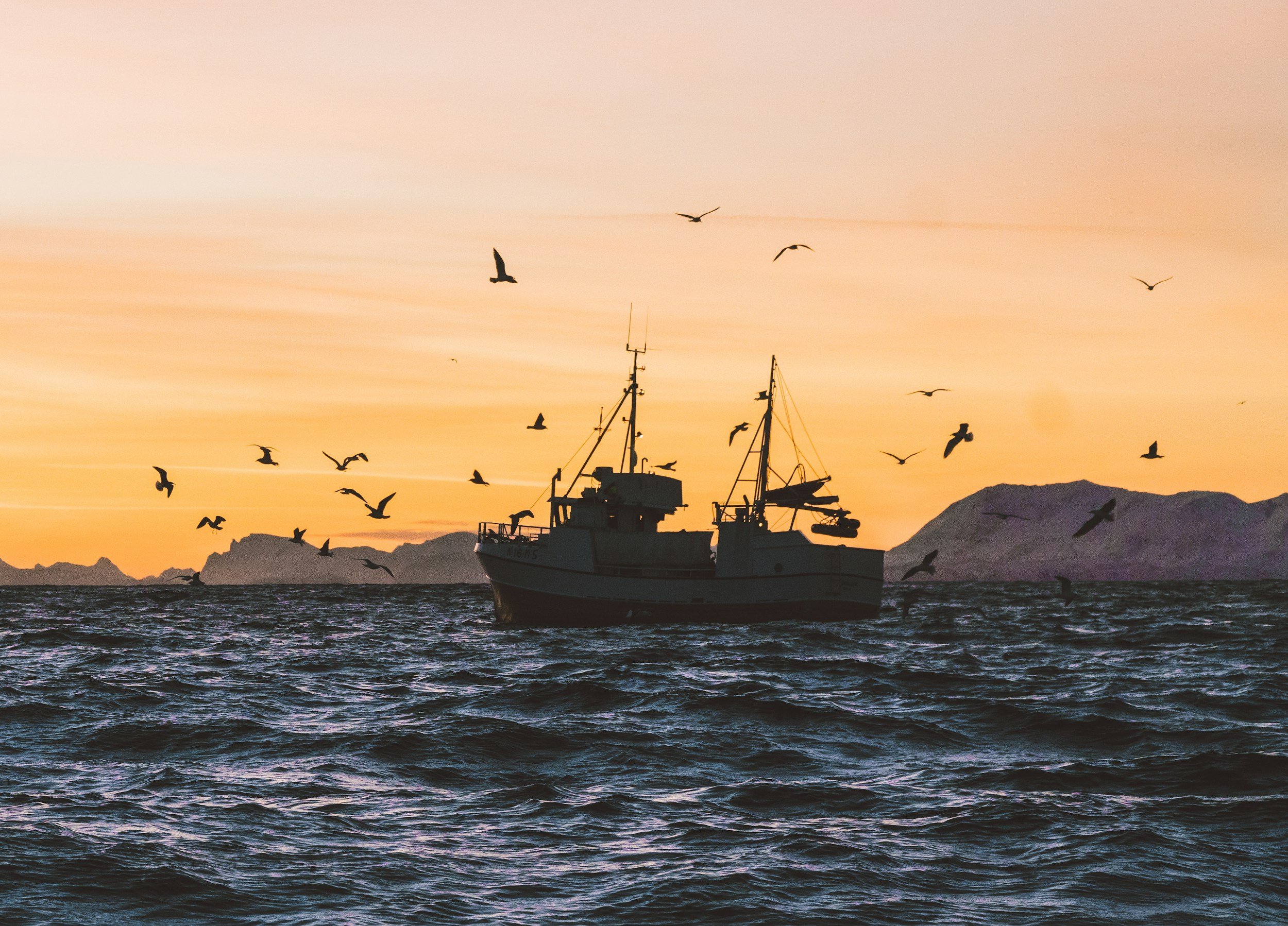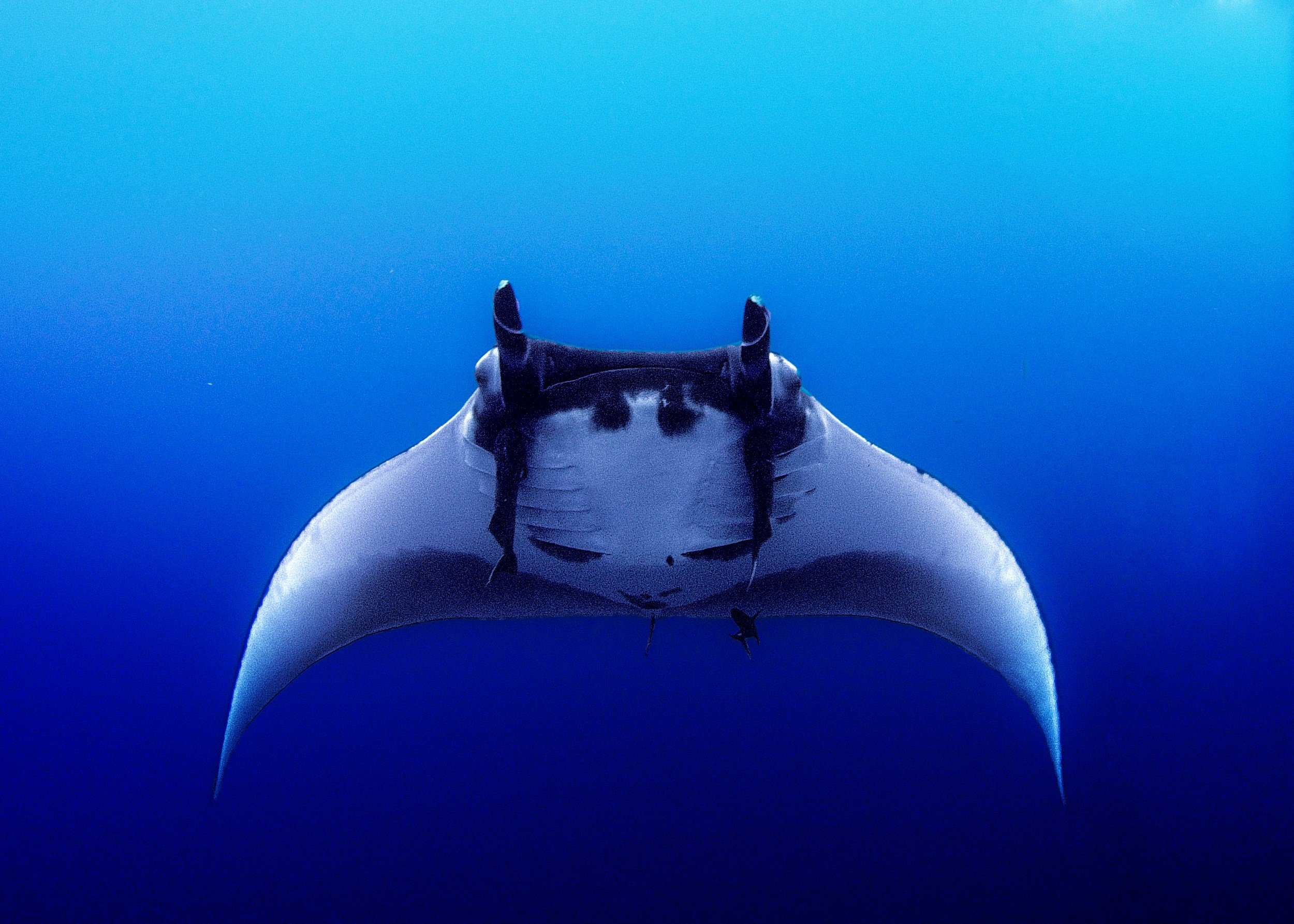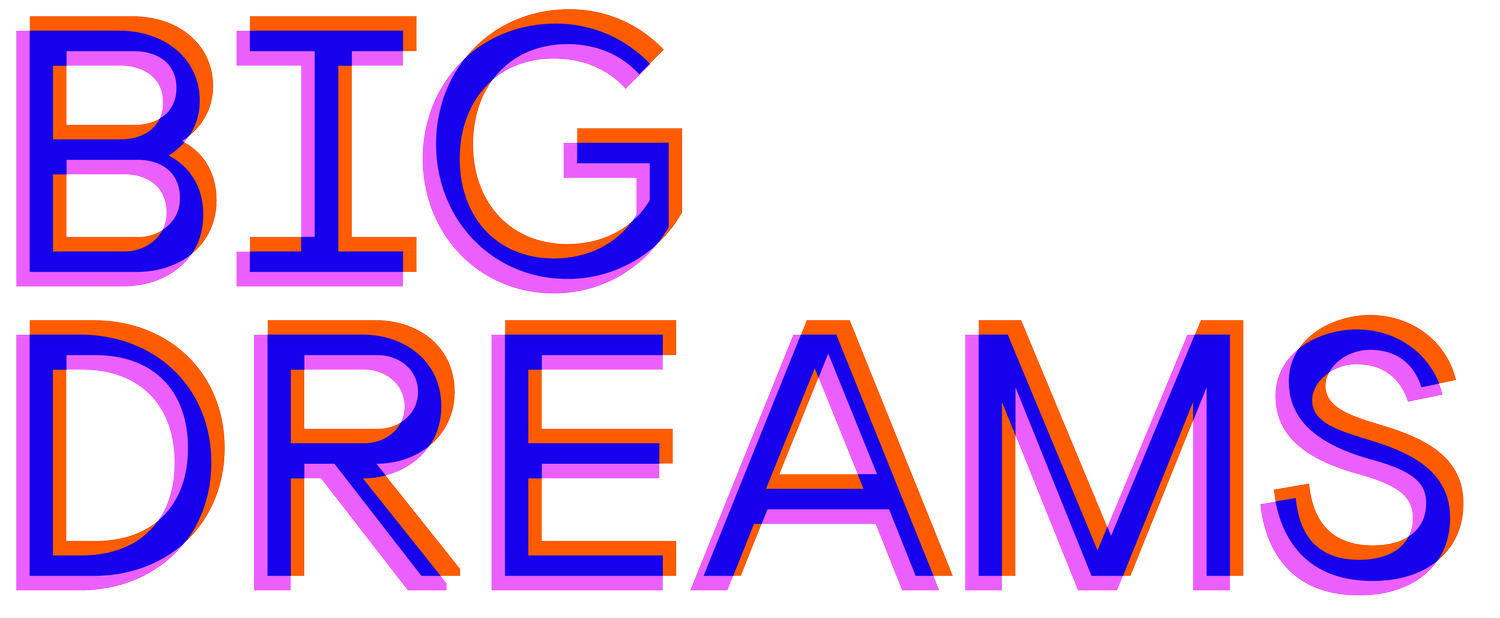
Fishing and Seafood
More than 3 billion humans depend on marine sustenance for their livelihoods. Today, 90% of marine fish stocks are now fully exploited, overexploited, or depleted.
Consumers are becoming more focused on choosing seafood options that provide specific health benefits, such as protein, omega-3 fatty acids, vitamin D, and selenium. Aquaculture, with advancements such as integrated multi-trophic aquaculture (IMTA) could provide two-thirds of seafood for human consumption by 2030. But challenges include the search for sustainable feed and the need for protecting fish health. Some unseen pollution that impacts life is the overabundance of microplastics, trace and heavy metals such as mercury or polychlorinated biphenyls. These harm water quality and bio-accumulate in quantity as one moves up the food chain, and can be harmful to humans by affecting our reproductive and immunological systems.
Efforts by the seafood industry need to address health-related aspects as well as evolving demand towards traceability and eco-labeling, encouraging reliable data and new certification programs by producers and distributors. The extent to which the main drivers: price, taste, safety, and quality will affect oceans partly depends on climate changes, public awareness, the socio-economic status of consumers, and fluctuations in international supply chains.
Regional Approaches to Sustainable Seafood
By decreasing waste and bycatch from fishing gear, reducing emissions from fossil-based conventional practices and processes, and managing local diet, nutrition and health, the restoration of oceans with responsible seafood farming or technology-driven methods in fishing has the potential to enable circular ocean economies and stabilize biodiversity in the region.
NOAA data indicates a 29% decline in the Atlantic cod catch limits from 2017 to 2021 due to overfishing and environmental changes. Communities in New Bedford, Massachusetts, and other in New England historically reliant on fishing, will have to adapt by diversifying their economies, potentially shifting more towards aquaculture or marine biotechnology, or adjacent sectors in the ocean.
At GreenWave, a network of global farmers, scientists, and organizers are rebuilding reef systems by providing training, tools, and support to ocean farmers; catalyzing the planting of seaweed and shellfish which can yield meaningful impacts. Other organizations such as New Bedford Ocean Cluster are central to improving the local commercial fishing industry and their practices.
Key Attributes
-
Food Security
Seafood provides essential protein and income for billions worldwide. A stable, sustainable seafood supply is critical for global food resilience.
-
Nutrition
Fish are rich in omega-3s, vitamins, and micronutrients vital to human health. Seafood plays a key role in addressing malnutrition, especially in coastal regions.
-
Toxicity
Pollutants like mercury, microplastics, and industrial runoff can contaminate seafood. Bioaccumulation in marine species poses risks to both ecosystems and consumers.
-
Taste and Quality
Freshness, species, and handling all influence flavor, texture, and value. Overfishing and warming waters can degrade quality and reduce species availability.
-
Cold Chains
Efficient refrigeration systems are vital for preserving seafood post-harvest. Cold chains reduce spoilage, extend shelf life, and support global seafood markets.
-
Aquaculture
The farming of fish, shellfish, and seaweed is the fastest-growing food sector. Sustainable practices can reduce pressure on wild stocks and provide stable supply.
-
Algae Farming
Cultivating microalgae and seaweed offers food, feed, and climate benefits. Algae require no freshwater or fertilizer, making them a regenerative protein source.
-
Illegal Fishing
Unregulated practices threaten ecosystems and livelihoods. Trawlers, bycatch, destructive gear, and overfishing deplete stocks and harm ocean health and the ability of fish to thrive.
-

Scenarios
Collectively imagining what the future of the oceans might looks like in different contexts.
-

Drivers
Macro-level drivers that create broad-reaching impact, and influence our present and future.
-

Trends
Emerging trends are specific areas of change that hold potential for significant impact.

Let’s Work Together
Join our ocean-tech network.



